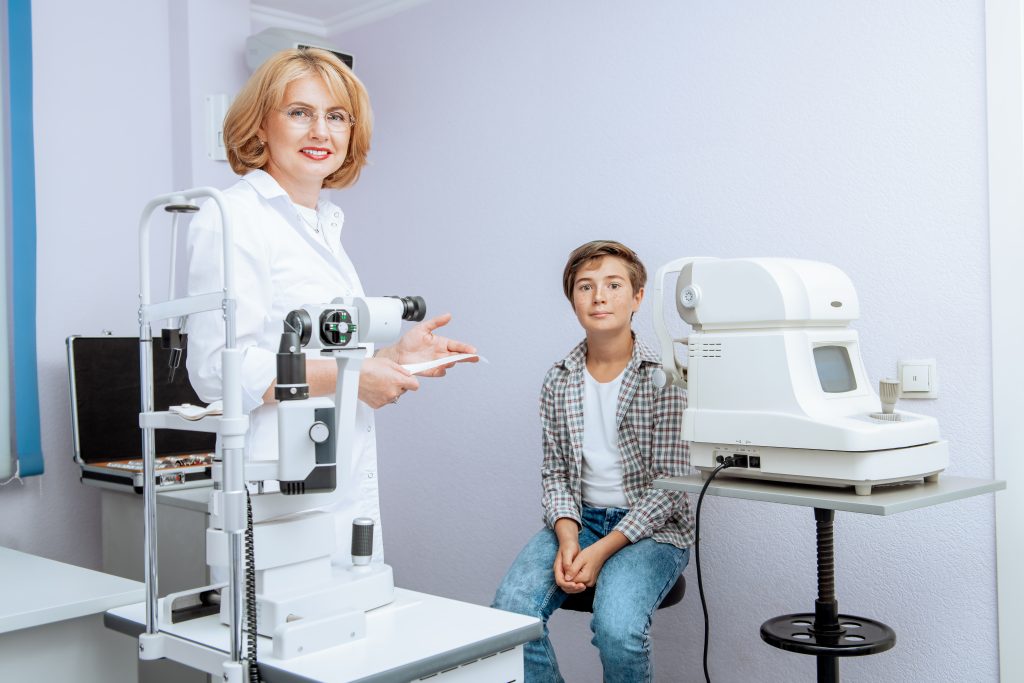What is congenital glaucoma?
Most common risk factor
Glaucoma encompasses a group of pathologies that cause progressive damage to the optic nerve, which is responsible for transmitting the images that reach the retina so that the brain can interpret them. As the disease progresses, this nerve loses its fibers and, as a result, the patient's visual field decreases, which can even lead to blindness if the patient is not treated.
Although the risk of glaucoma increases with age, there are forms exclusive to childhood. This is the case of congenital glaucoma, which, although it is rare (affects 1 in 30,000 live newborns), can cause severe and irreversible visual loss in the child who suffers from it.
Why is it produced?
The anterior chamber of the eye is filled with a transparent liquid that bathes the ocular structures and maintains its optical properties: the aqueous humor, which is constantly going in and out of this space to keep intraocular pressure stable.
In congenital glaucoma there is a birth defect in the development of the angle formed by the cornea and iris when they join and through which the aqueous humor drains. As a consequence, there is an increase in intraocular pressure and consequent damage to the optic nerve.
How is it diagnosed?
Congenital glaucoma is detected through a complete eye exam, which in the case of babies and children under 3 years of age is usually done in the operating room after sedating the child to perform it. The exam includes:
Exploration of the anterior part of the eye: to be able to assess the state of the cornea and the angle and decide, depending on the location of these two structures, the most appropriate type of surgery for each case of congenital glaucoma.
Fundus examination: After dilating the pupils with eye drops, the ophthalmologist looks through a special magnifying lens to examine the retina and optic nerve for signs of damage. In glaucoma, the optic nerve loses nerve fibers, leaving a hole (excavation) that increases as the disease progresses.
Tonometry: It is done to measure the pressure of the eye. For this test, the ophthalmologist will put numbing drops in your eyes and place an instrument over your eye that takes your pressure. Normal eye pressure values are between 10 and 20 mm of mercury.


